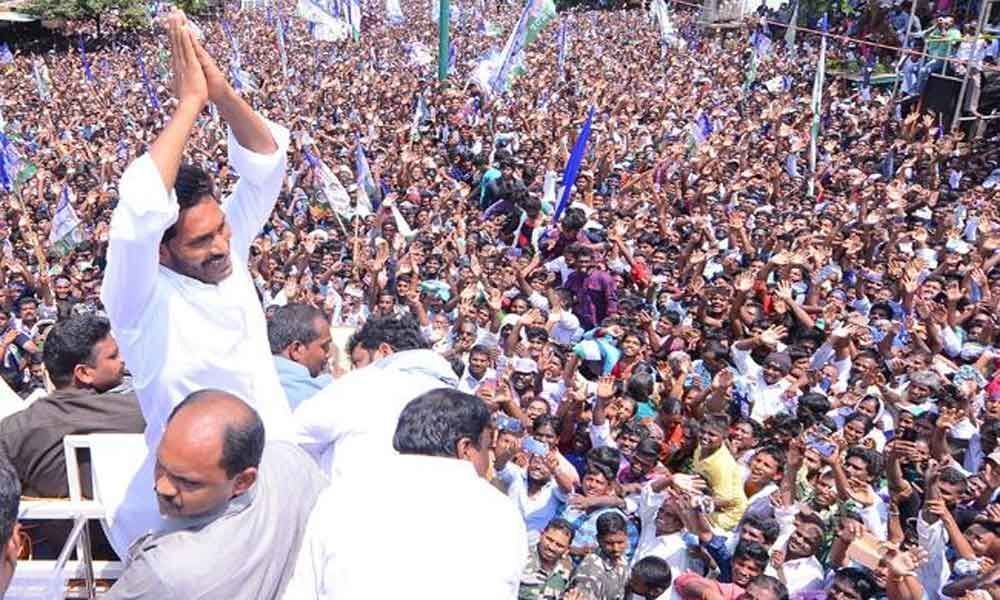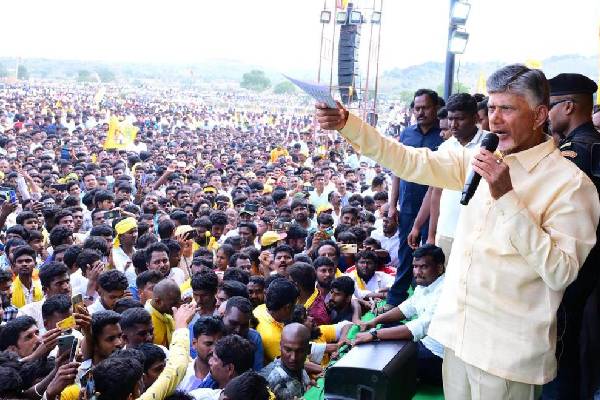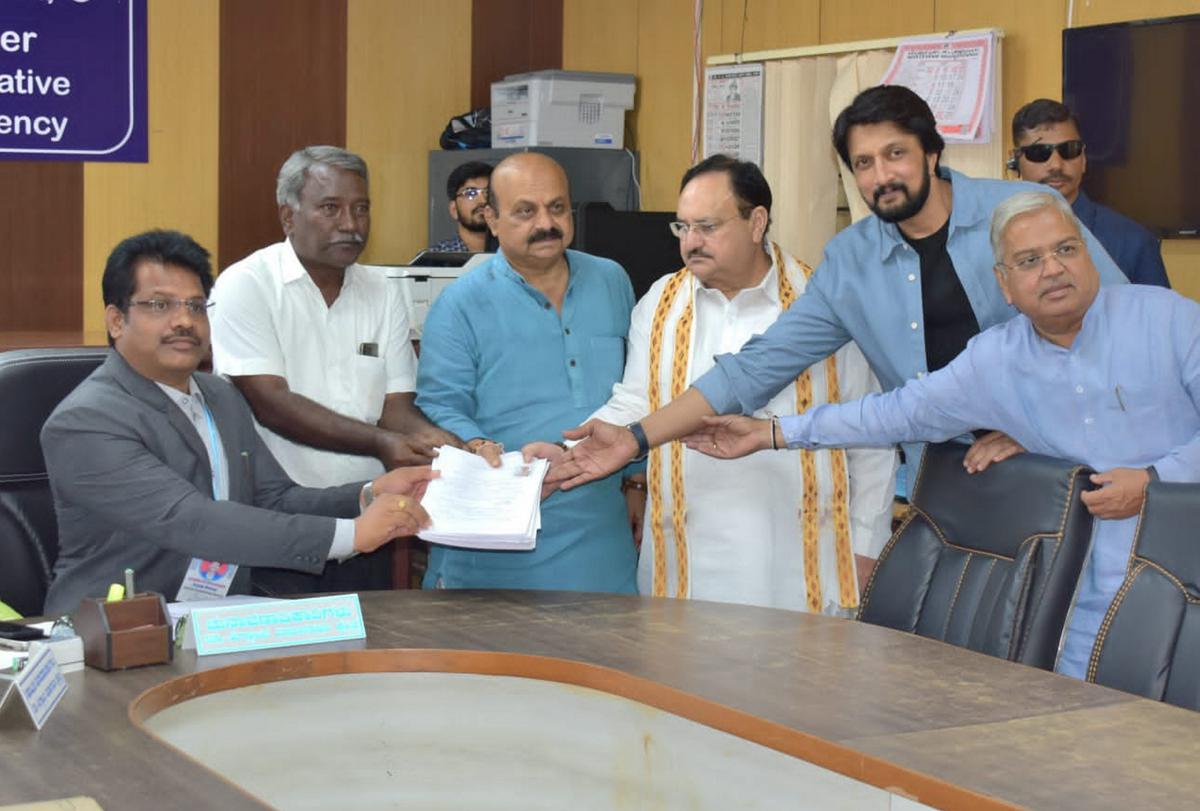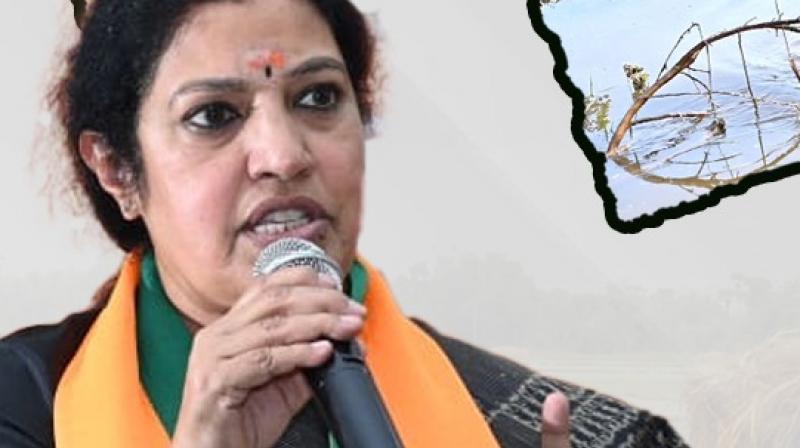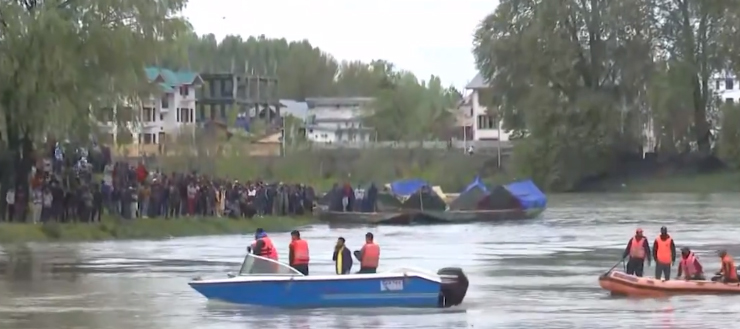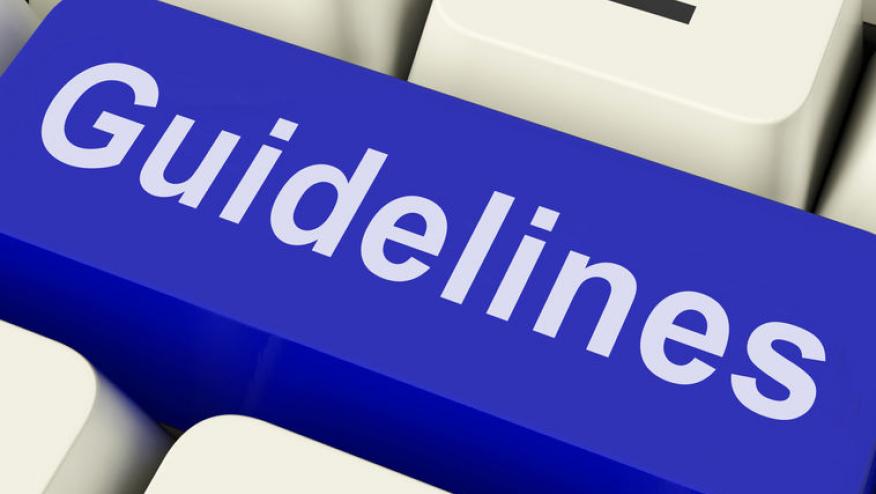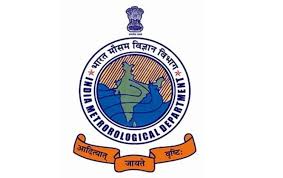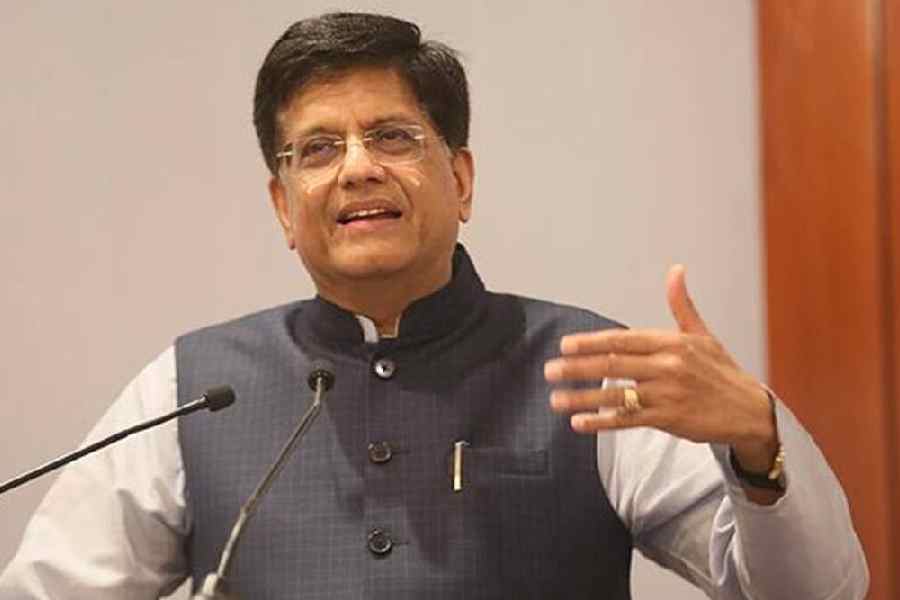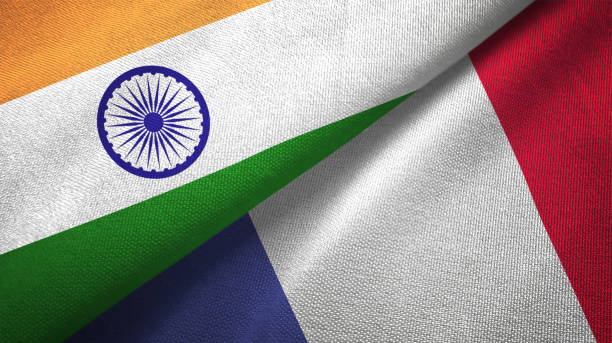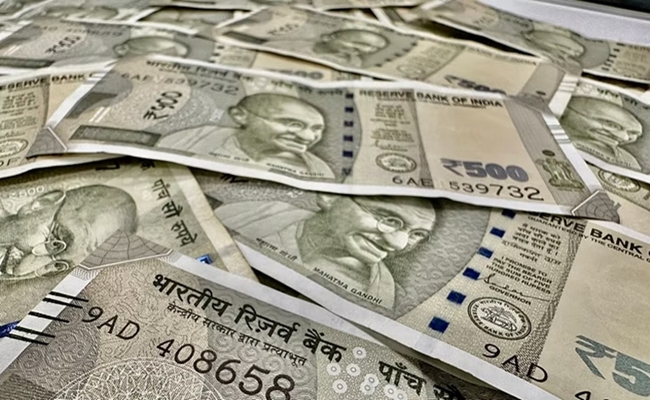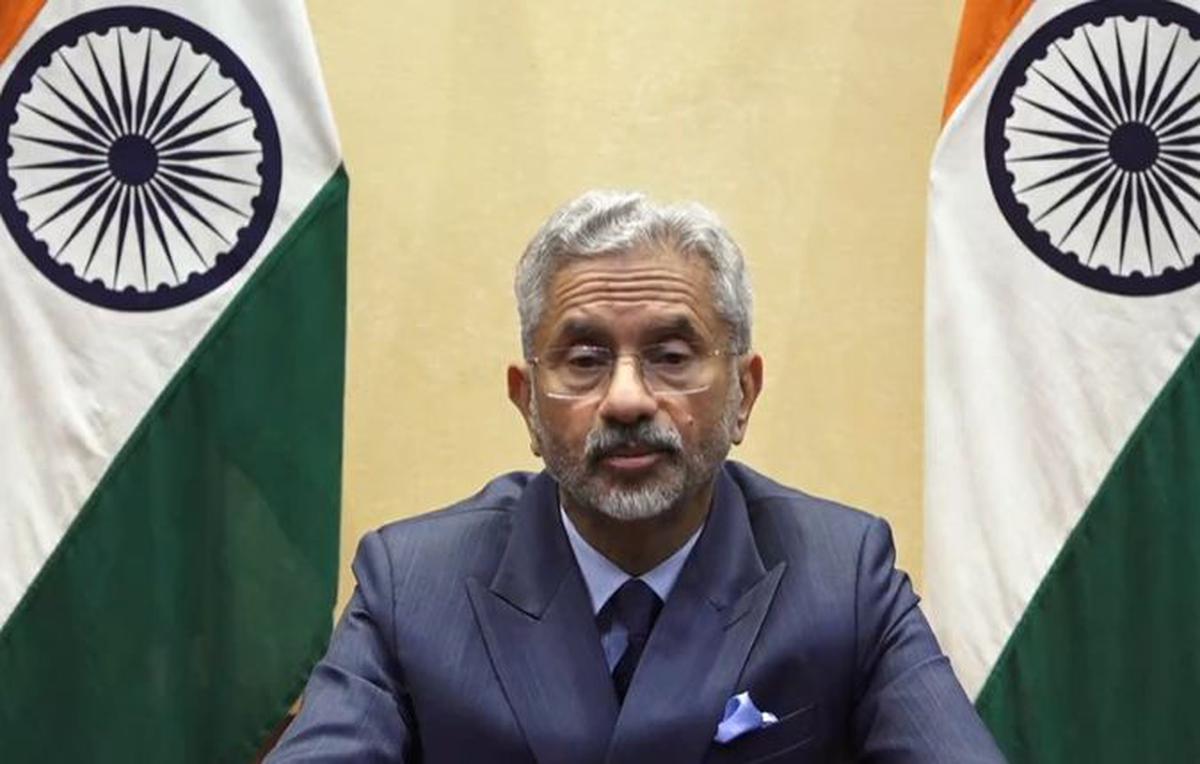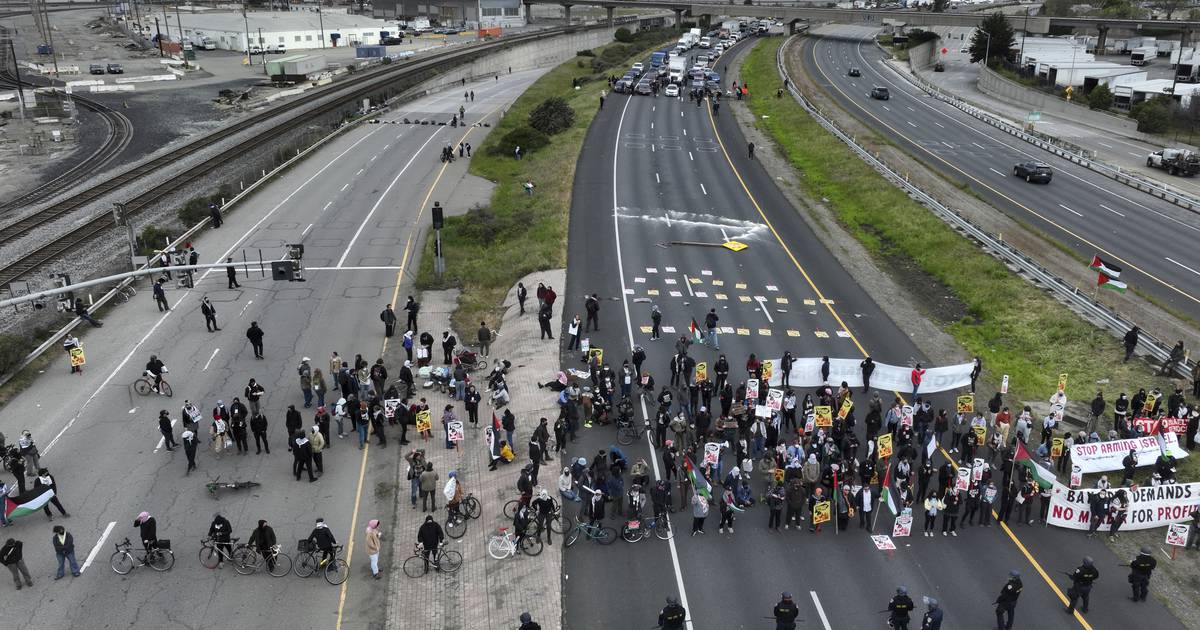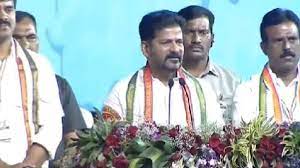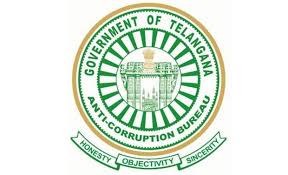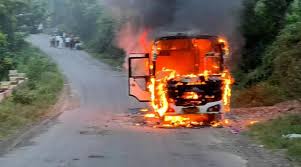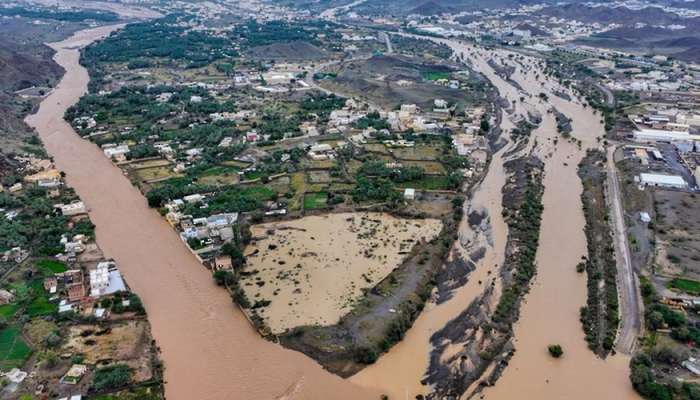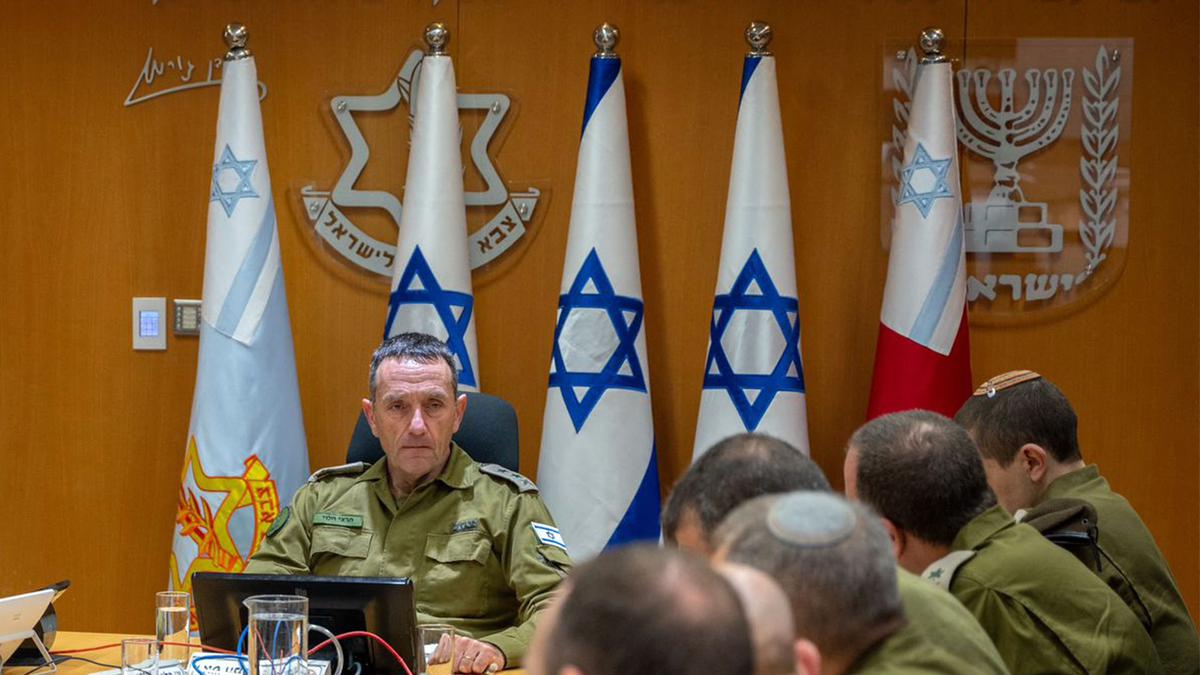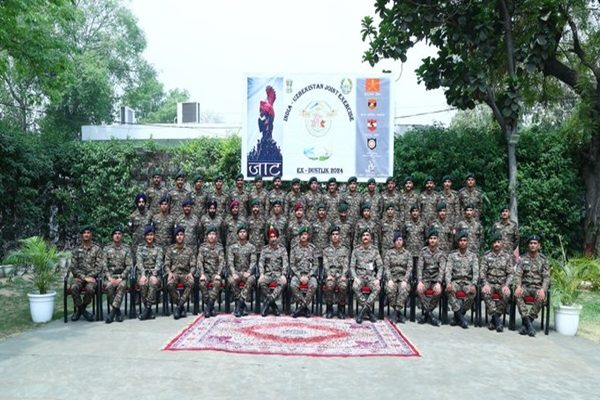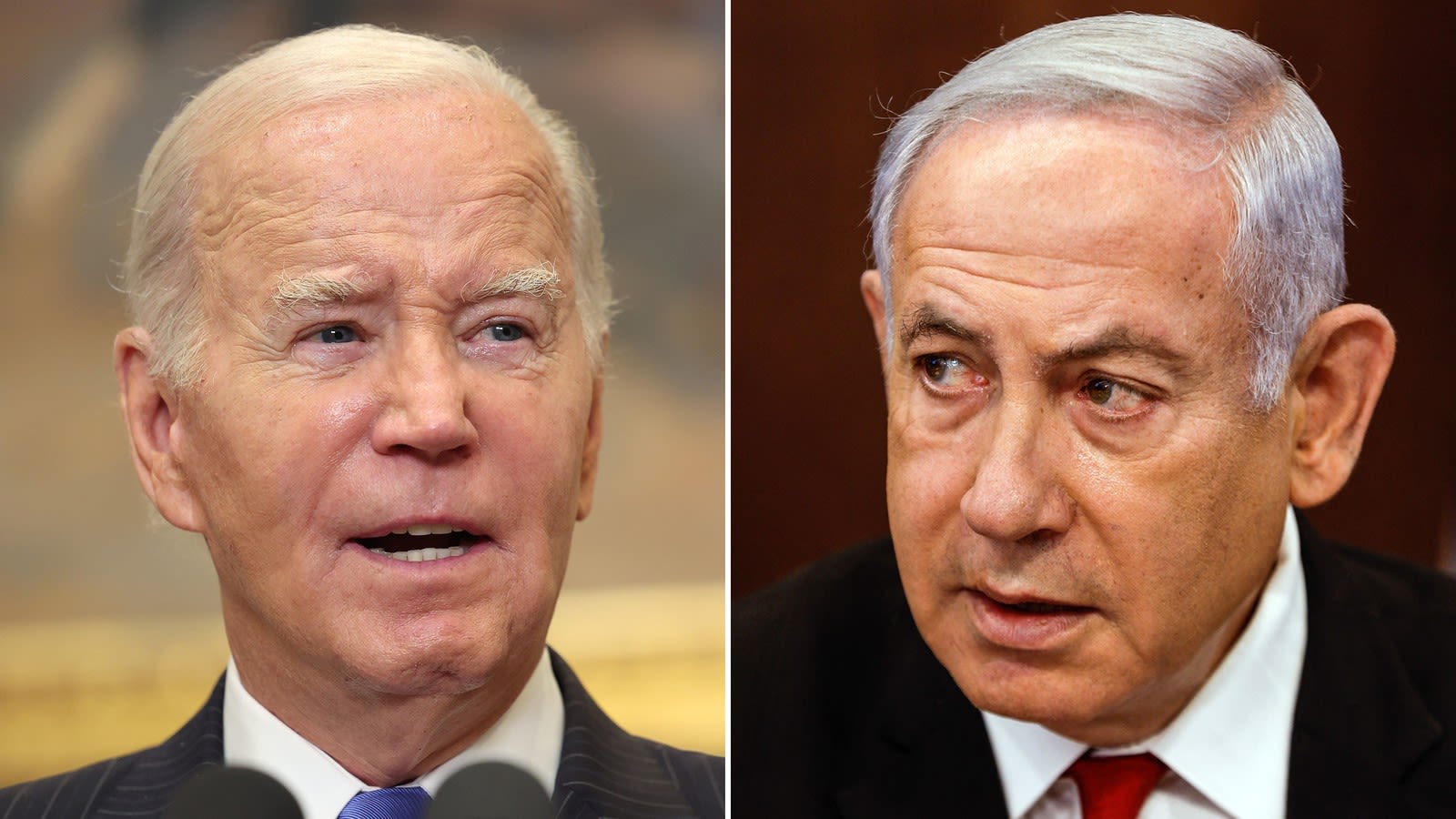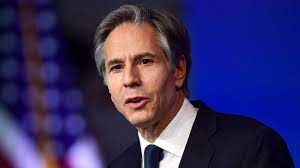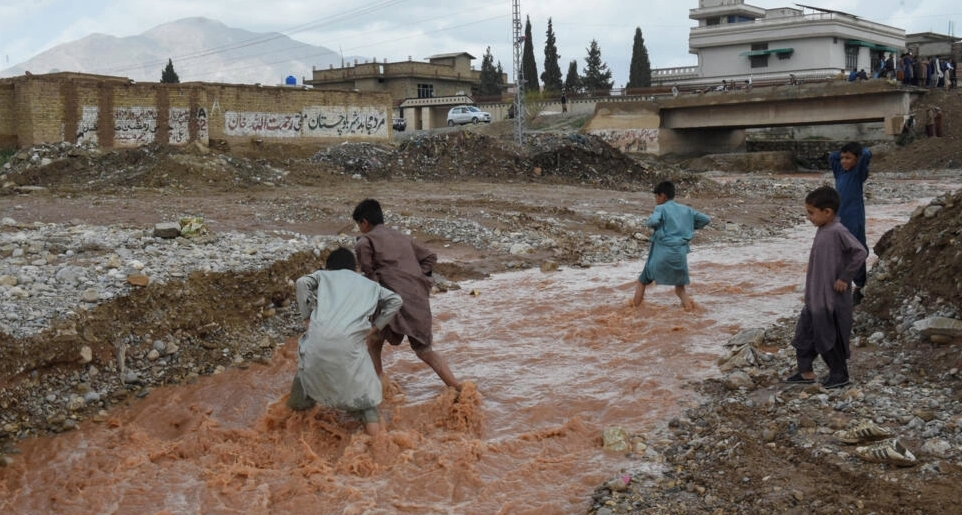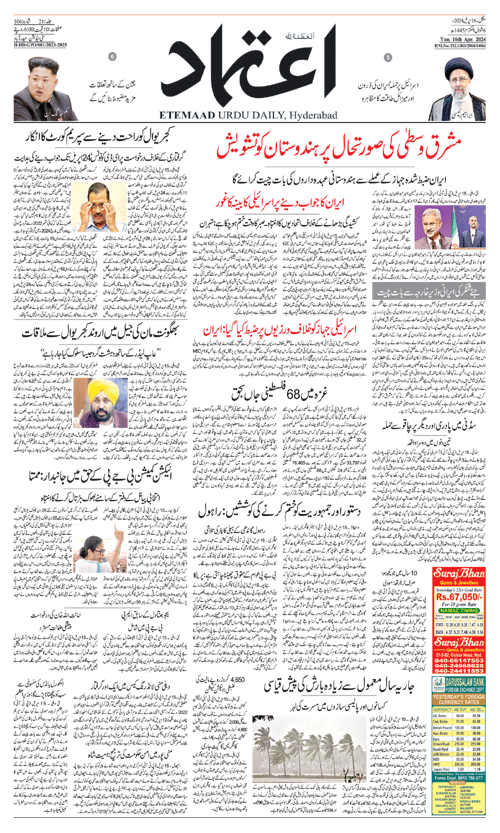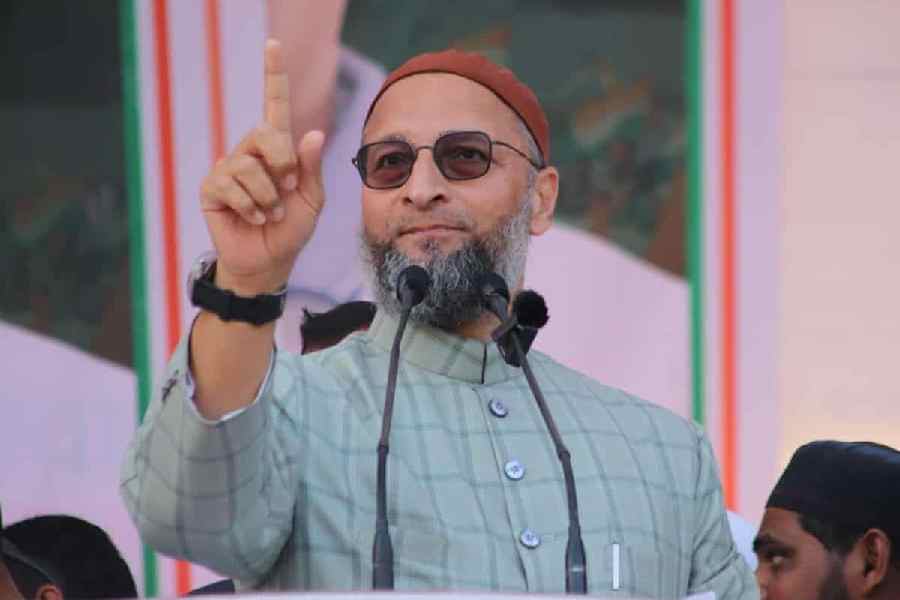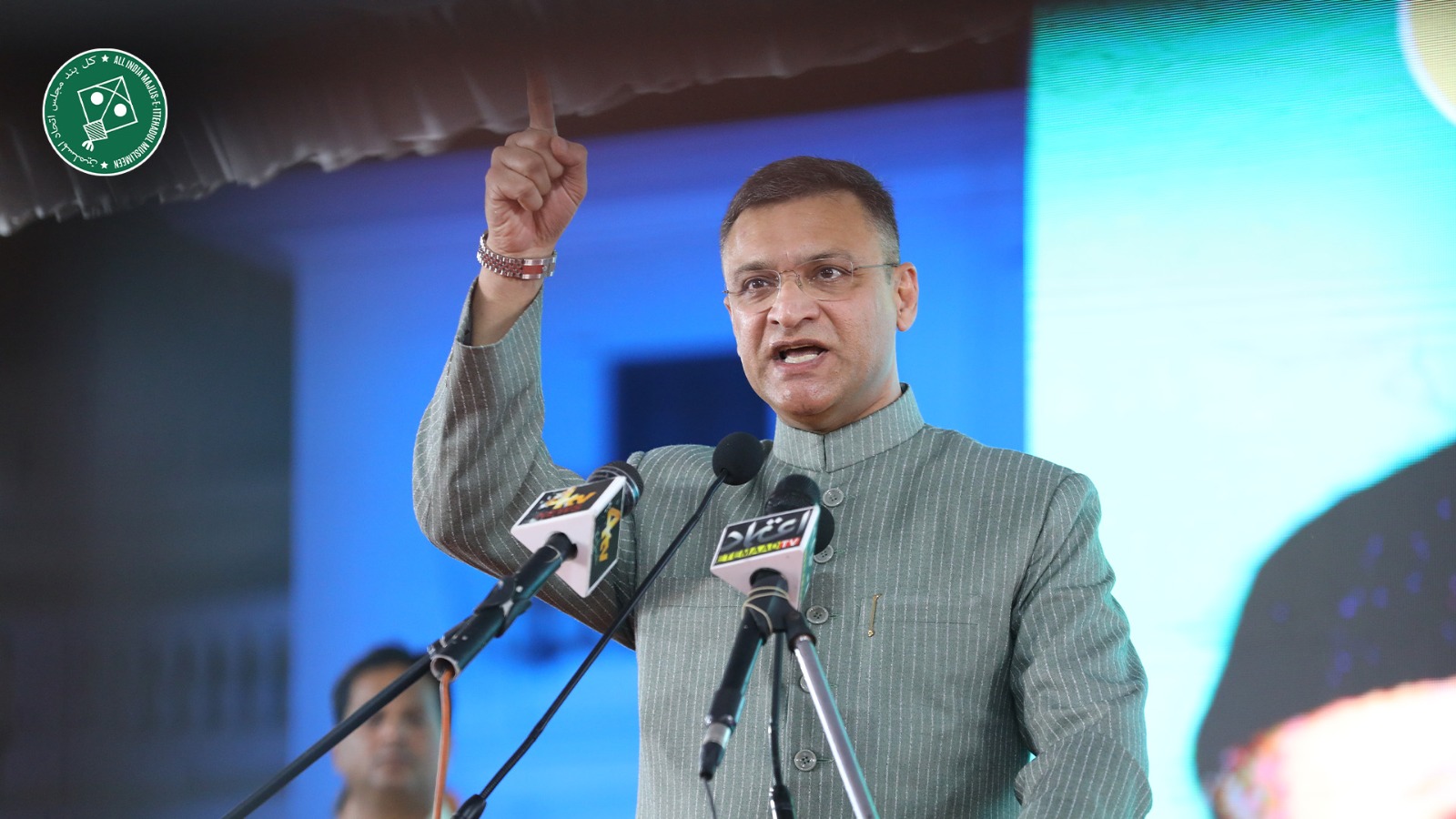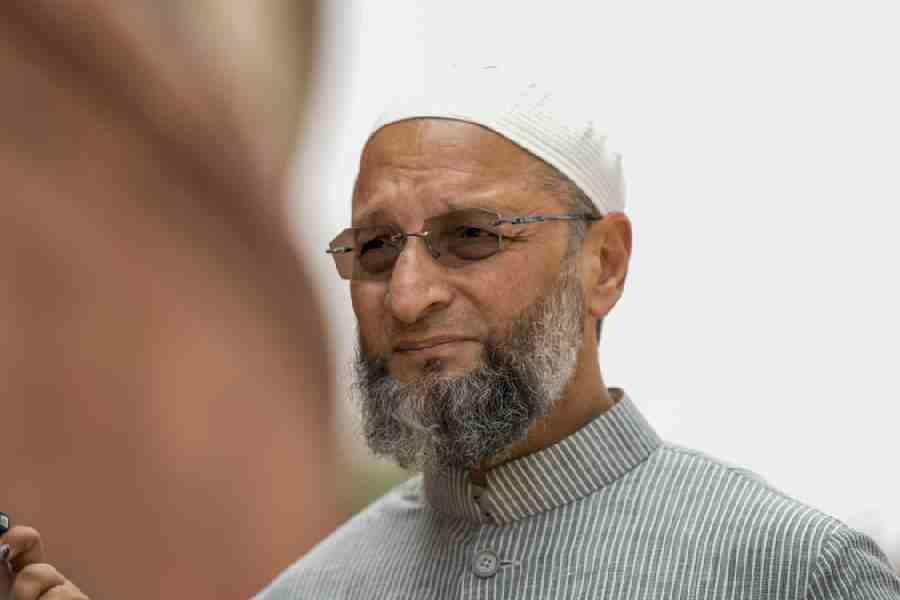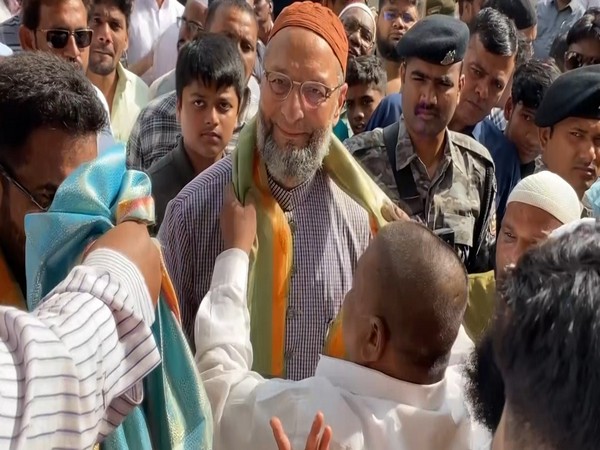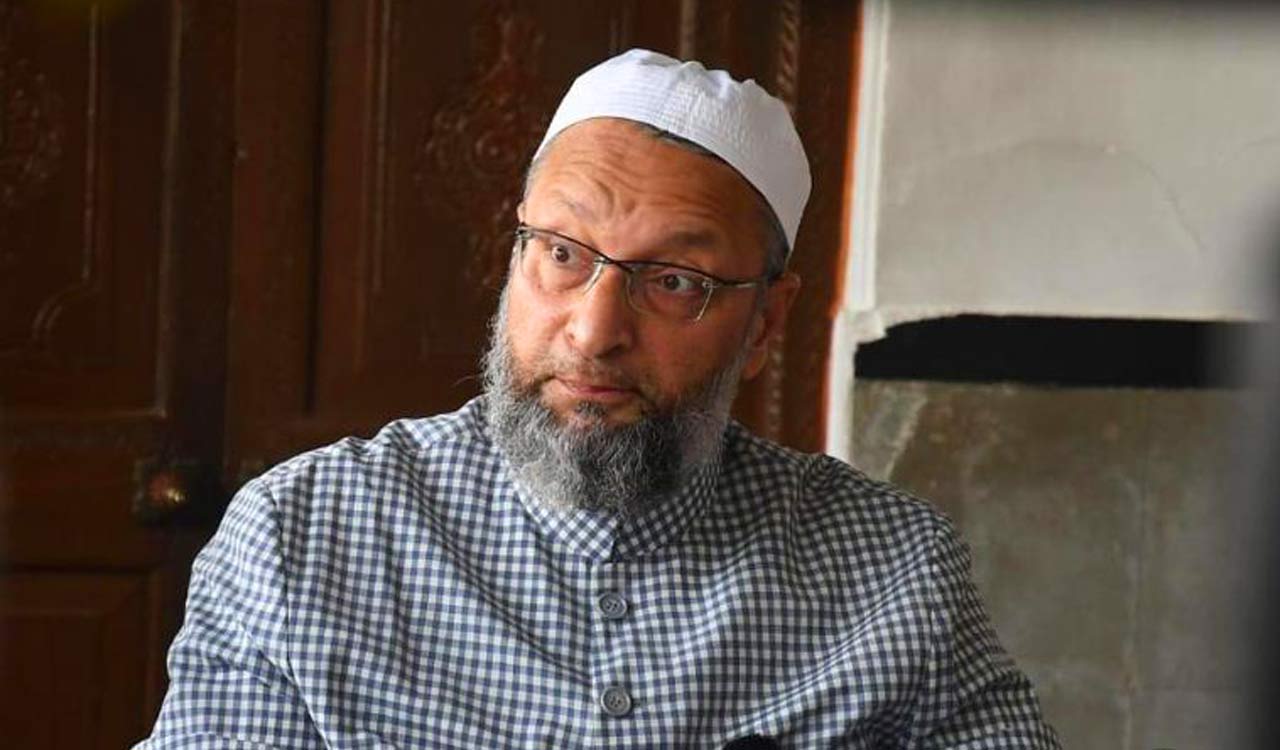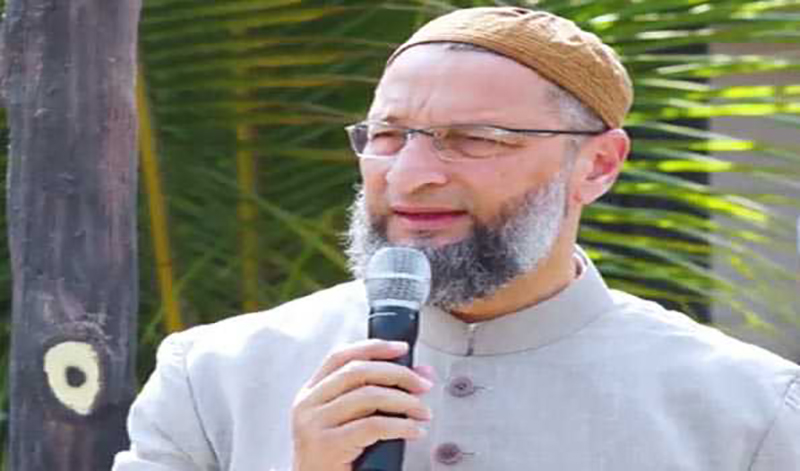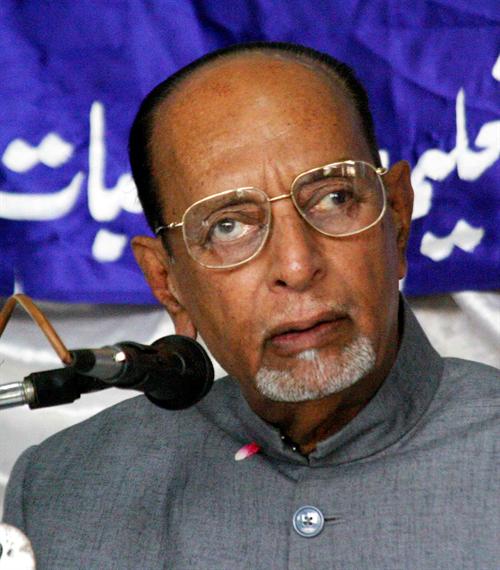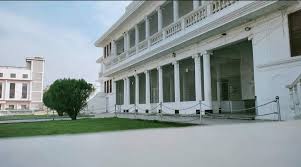Fact File: This is why petrol is on fire
Wed 12 Sep 2018, 15:13:28
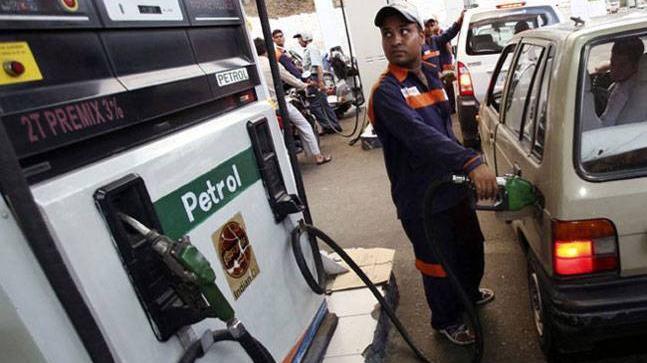
Amid violent protests across the country over raging fuel prices, the government and the Opposition are busy blaming each other.
Confused by the volley of tricky information doled out by political parties? Here's a detailed fact file on fuel prices.
Why are petrol and diesel prices at an all-time high?
On September 11, petrol touched it highest-ever price of Rs 80.87 per litre in Delhi and Rs 88.26 per litre in Mumbai. Exactly 20 years ago, in September 1998, you would have paid just Rs 23.94 for a litre of petrol in Delhi. That's an increase of 238 per cent in 20 years. That comes to about an average increase of 12 per cent per year.
Three factors have come into play in the rising fuel prices. First, the prices of crude oil have gone up substantially over the last few months.
Second, the value of the rupee as compared to the dollar is sliding every day, and touched a low of Rs 72.80 on September 11. This is the lowest-ever value of the rupee against the dollar. Third, the VAT imposed on petrol and diesel is ad valorem, which means that as prices go up, more tax is imposed.
How is the price of petrol decided?
Five factors decide the retail price of petrol or diesel. First, there's the price at which oil marketing companies buy from the refinery. This depends mainly on the price of crude oil import and the value of the rupee.
Second, the freight charges for transporting the refined oil to petrol pumps. Oil Marketing Companies (OMC) add their margin to it and sell it to the dealers.
Third, the fixed excise duty that the central government charges (petrol and diesel are out of GST).
The fourth factor is the dealer commission, and the fifth is the VAT which the states charge. This varies from state to state.
Who gets the money we pay for petrol?
About half of the money that you pay is for the price of the crude oil and its refining, and the other half is taxes and commissions. The lion's share goes to the central government as excise duty which is Rs 19.48 per litre as of now.
The second component is VAT, which varies from state to state. Many states charge taxes much higher than the central excise. The third component is the dealer's commission.
For example, out of the Rs 80.73 that a consumer would have paid for a litre of diesel in Delhi on September 10 - Rs 40.45 went to Indian Oil, Rs 19.48 went to the Modi government as excise duty, and Rs 17.16 went to the Arvind Kejriwal government as VAT. The rest -- Rs 3.64 -- was the commission that the petrol pump dealer earned.
Is the Narendra Modi government right in claiming that the hike in petrol and diesel prices was steeper during the UPA regime?
The answer is both yes and no. If you look at the hike in just per cent terms, the Modi government's claim is correct. On average, the price of petrol rose by 11.2 per cent during the 10-year rule of the UPA (2004 and 2014). During the NDA regime the in last four years (2014-2018), the average rate of hike in petrol prices would come to just 3.25 per cent annually.
But this does not show the complete picture. What it does not tell you is the cost of crude oil, which is the major component for deciding the retail price. When Manmohan Singh came to power in 2004, the price of crude oil was just $36 per barrel, but it peaked to about $111 during his regime in 2011. Still, the highest retail price went up to only Rs 76.06 per litre during the UPA regime, in September
2013.
2013.
However, we are made to cough up Rs 80.87 per litre of petrol in Delhi currently, when the crude is just at around $68 per barrel. The huge gap between the crude and retail prices is because of the fact that the NDA government raised the excise duty nine times between November 2014 and January 2016.
Which state charges maximum tax on petrol?
Going by the retail prices in the state capitals (excluding Union Territories), Maharashtra (39.12 per cent) charges maximum VAT on petrol. Madhya Pradesh (35.78 per cent) and Punjab (35.12 per cent) are the second and third state, respectively.
Goa (16.66 per cent) charges minimum VAT while Mizoram (18.88 per cent) and Arunachal Pradesh (20.00 per cent) are second and third best, respectively. Rajasthan and Andhra Pradesh announced cut in VAT for petrol and diesel on Sunday, while West Bengal followed suit on Tuesday.
Why isn't the government bringing down excise duty?
By jacking up the excise duty repeatedly and deciding not to pass on the benefits of lower crude oil prices to retail customers, the NDA government mopped up a huge amount to fuel its social welfare schemes. The Centre gained Rs 2.29 lakh crore from excise duty on petroleum products in 2017-2018 and Rs 2.42 lakh crore in 2016-2017.
Similarly, states are also reluctant to forgo the huge windfall that they are getting from taxes on petroleum products. In 2017-18, the states earned Rs 1.84 lakh crore through sales tax/VAT.
Under the current scenario of the falling rupee, the government is also afraid that even if it cuts the excise duty by a few rupees, the relief may be quickly nullified if the rupee slides any further.
How much does petrol cost in neighbouring countries?
Thanks to very high taxation, India is one the most expensive places to buy petrol. In neighbouring countries that share boundaries with India, Myanmar is the cheapest place to buy petrol. After factoring in the difference in the value of currency, one litre of petrol will cost just Rs 41.99 (Indian rupee) in Myanmar. In other neighbouring countries, the cost of one litre of petrol in Indian rupees is: Pakistan - Rs 54.33, Bhutan - Rs 63.71, Nepal - Rs 69.55, Sri Lanka - Rs 70.99, Bangladesh - Rs 76.06 and China - Rs 79.60.
Are oil market companies making hay of the situation?
Yes. Due to the high prices, the profits of OMCs have gone up substantially. The Indian Oil Corporation (IOC), which is the biggest OMC in India, has declared a profit of Rs 21,346 crore for the year 2017-2018. Its profit in 2016-17 was Rs 19,106 crore.
Will the prices come down if petrol-diesel fall under GST?
It is unlikely that petrol and diesel will come under GST any time soon. States are reluctant, since the VAT on petrol and diesel is one of the biggest sources of their income. If petrol comes under GST even in the highest slab of 28 per cent and no additional cess is imposed on it, you will get a litre of petrol in Delhi for just about Rs 57.
Where are the prices headed in the coming months?
According to experts, it is unlikely that the prices of petrol and diesel will come down significantly in the near future. A volatile international crude oil market, US sanctions on Iran and a shaky rupee indicate that petrol is going to be on fire for some time. Petroleum expert Madan Sabnavis, chief economist at CARE, says, "Petrol and diesel prices will not come down unless the Centre or states decide to cut taxes."
No Comments For This Post, Be first to write a Comment.
Most viewed from National
Most viewed from World
AIMIM News
Owaisi Begins Election Campaign in Hyderabad
Apr 13, 2024
Bring back Indian workers in Israel: Owaisi
Apr 13, 2024
Darussalam to be closed tomorrow
Apr 06, 2024
Latest Urdu News
Most Viewed
May 26, 2020
Do you think Ruturaj Gaikwad would be a good captain for Chennai Super Kings?
Latest Videos View All
Like Us
Home
About Us
Advertise With Us
All Polls
Epaper Archives
Privacy Policy
Contact Us
Download Etemaad App
© 2024 Etemaad Daily News, All Rights Reserved.

